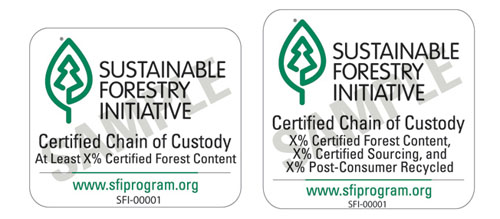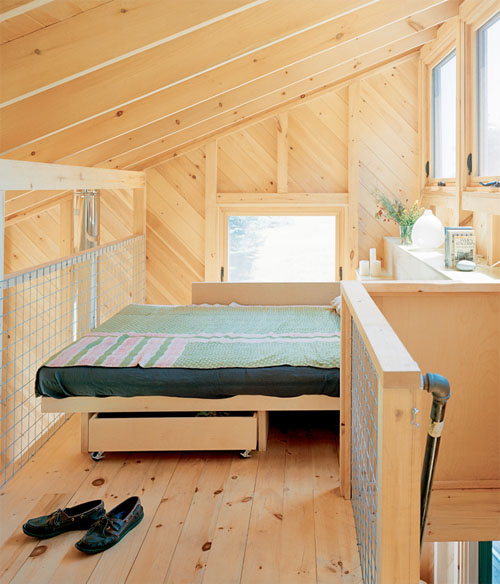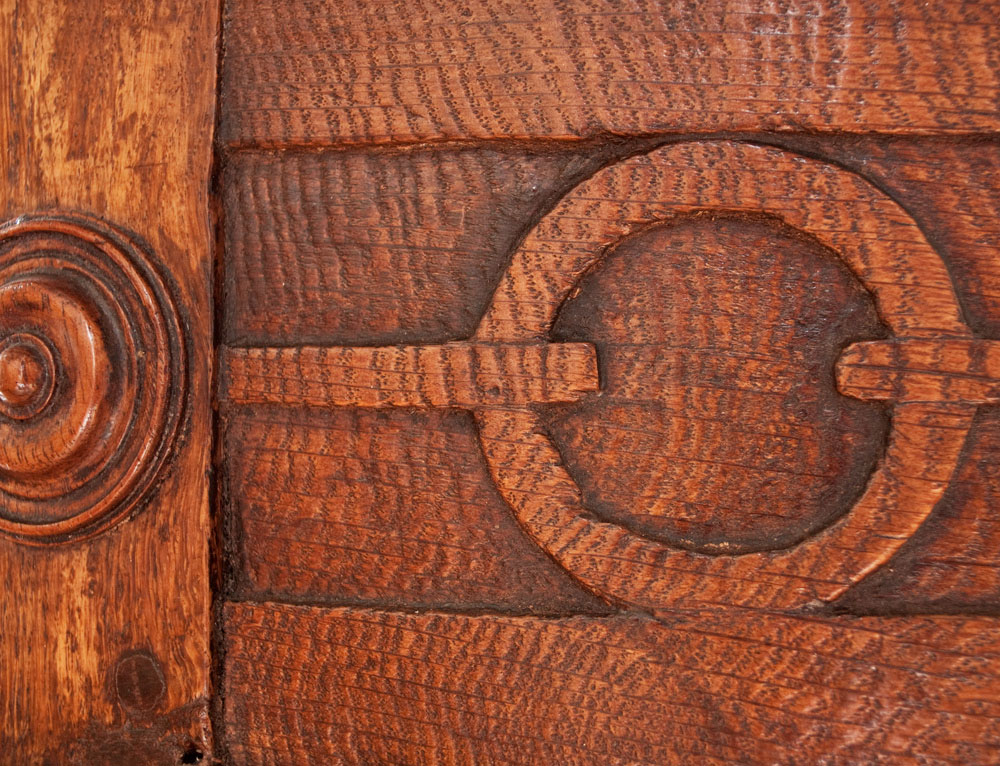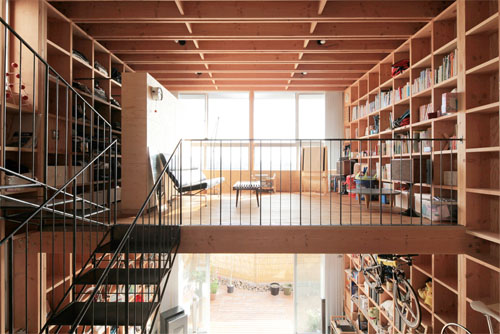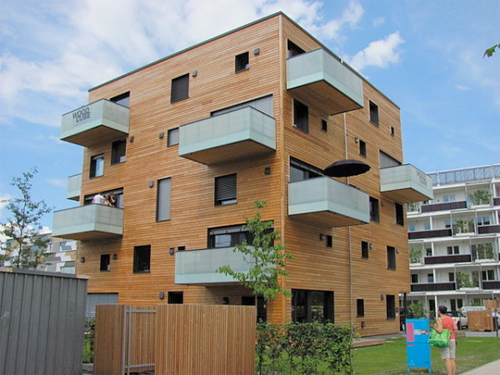Large furniture suppliers are increasingly seeking sustainable certification for their materials, including responsibly grown and harvested wood. Haworth Inc., a Michigan-based manufacturer of office and contract furniture, has pledged to source all of the woods used in its products from sustainably managed forests by the end of 2015, and Ethan Allen Furniture has completed registration for Sustainable by Design, a program that helps companies establish standards, practices and management systems for their own environmental performance and that of their suppliers.
Ethan Allen, a chain with nearly 300 stores across the U.S., UK and Canada, was required to establish goals and a system for evaluating annual improvements in supply chain management, using eco-friendly materials, global climate impact and social responsibility. Part of the eco-friendly materials component is purchasing certified lumber.
Haworth, a privately held company with $1.31 billion in annual sales, says that it expects its vendors to have third-party certification from groups like the Forest Stewardship Council (FSC) and Programme for the Endorsement of Forest Certification (PEFC). About 86 percent of Haworth’s wood was sourced from controlled managed forests this year.
A number of large wood products organizations like the Kitchen Cabinet Manufacturers Association, the American Home Furnishings Alliance and the Business & Institutional Furniture Manufacturer’s Association offer programs that set standards and targets for greener products.
Image via: Sustainable Forestry Initiative

